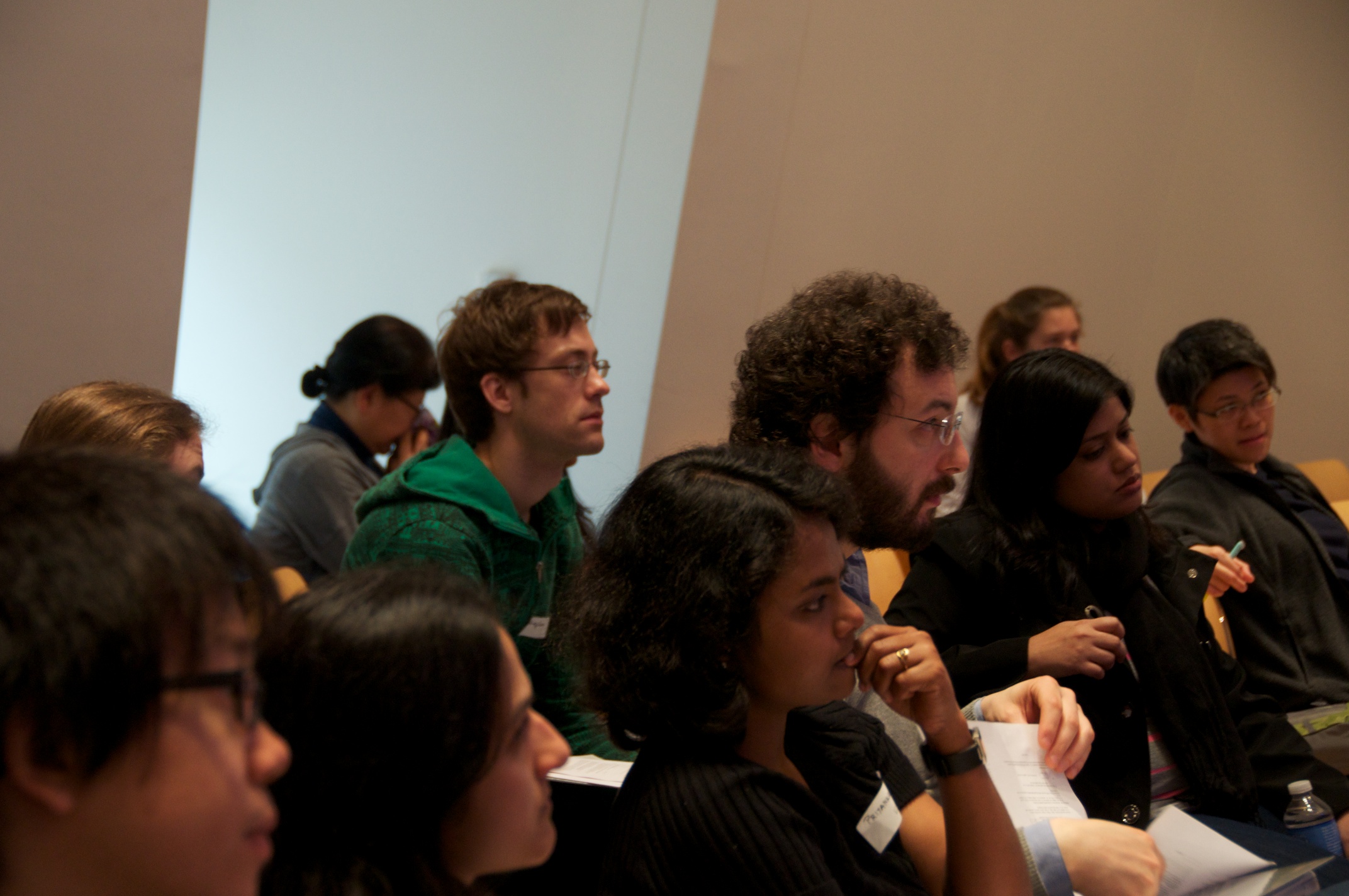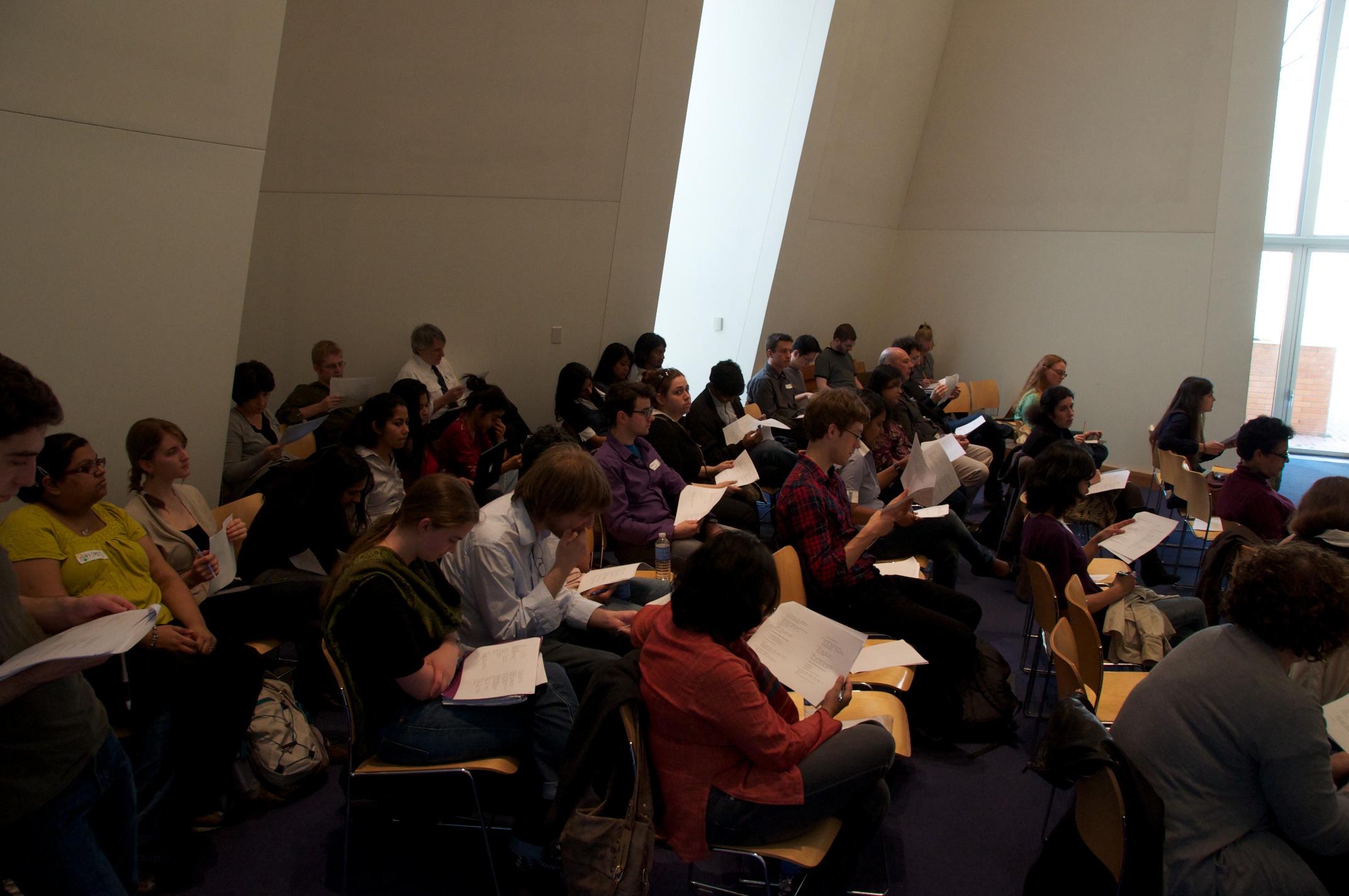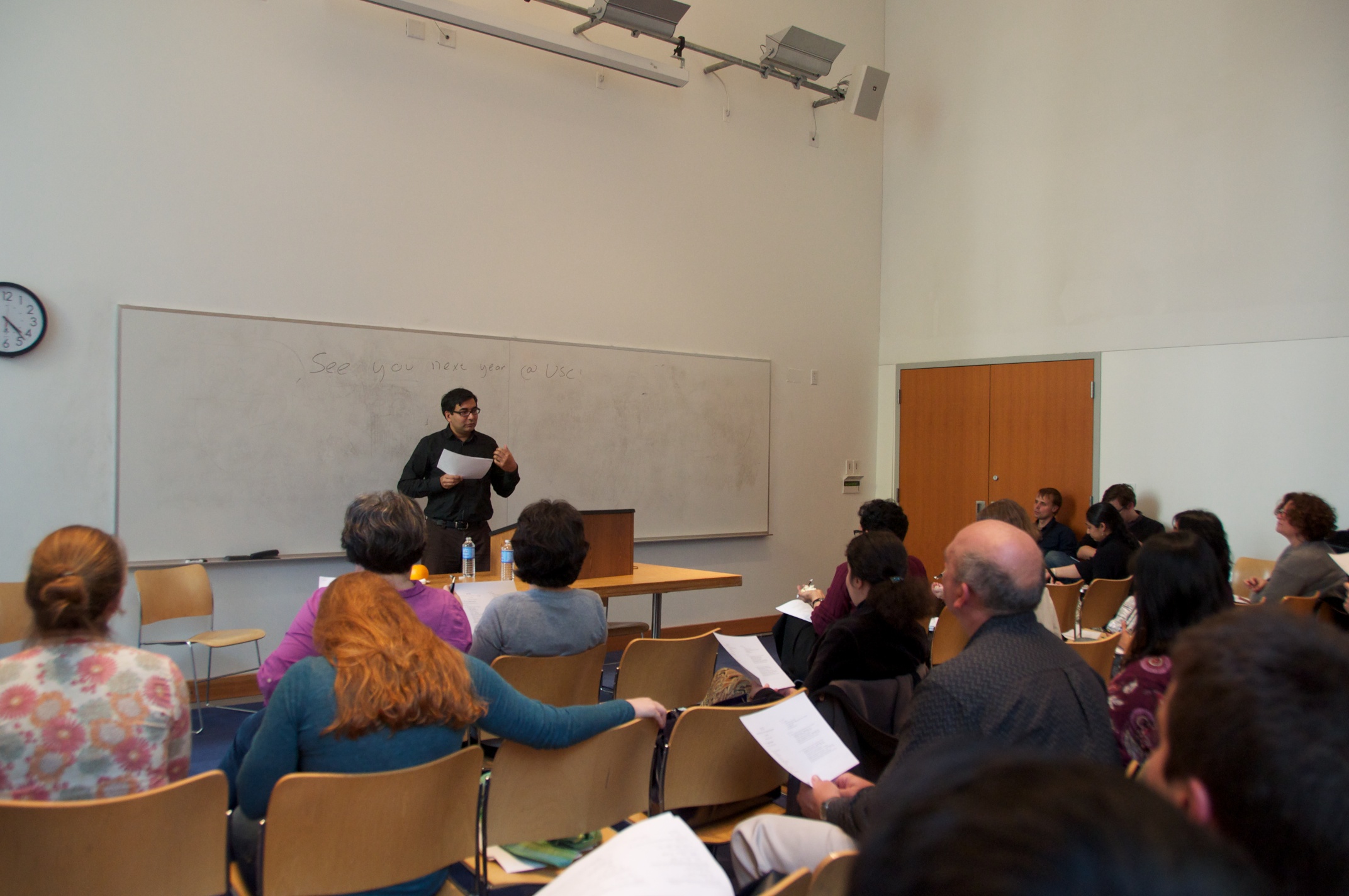Speaker: Sarah Ouwayda (USC)
Date/Time: 15 Mar (Thursday) 10-11:30am
Location: 32-D831
Title: The Mass-Like Behavior of Plurals of Mass
Abstract:
Plural marking, when it occurs on a noun that is typically mass, usually results in a plural count DP (1). This has been used to show the flexibility of nouns’ occurrence in both mass and count contexts and to argue for a universal packager (cf. Pelletier 1975, Chierchia 1998, Borer 2005 inter alia).
1. (much) oil -> (three) oils
In some cases, Levantine Arabic follows suit (2), but in others, the addition of a plural marker (specifically, the sound feminine plural), results in DPs that trigger plural agreement, but do not admit cardinals (3), and allows primarily an amount comparison (in the sense of Barner and Snedeker 2005).
2. (ktiir) zeit —> (tlat) zyuut
(much) oil (three) oil-plb
much oil three oil types
3. (ktiir) zeit —> (*tlat) zayt-eet Tayyb-iin
(much) oil (*three) oil-plf tasty-pl
much oil tasty oil (but not three oils)
The mass-like behavior of this type of mass+pl nouns has been taken to suggest that the plural marking is epiphenominal (Tsoulas 2006, for Greek), that the plural marking is lexical/idiosyncratic (Alexiadou 2010, for Greek), or that mass/count is not a strictly binary distinction (Acquaviva 2008, 2010, for Levantine Arabic).
I show that in Levantine Arabic, such DPs (a) do not allow kind or generic readings, (b) must be specific, (c) do not occur with measure words (e.g. ‘a cup of’, ‘a bag of’), and (d) do not allow comparison unless definite. Based on these and other restrictions independent of the mass-count distinction, I propose that the same thing (specifically, that DPs like those in (3) are count but are also specified for quantity) is responsible both for (a)-(d) and for the misleading mass-like behavior.



